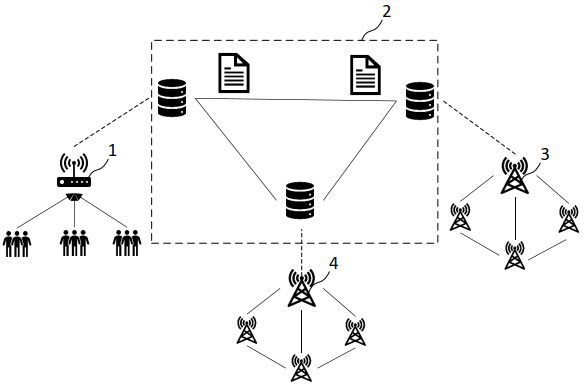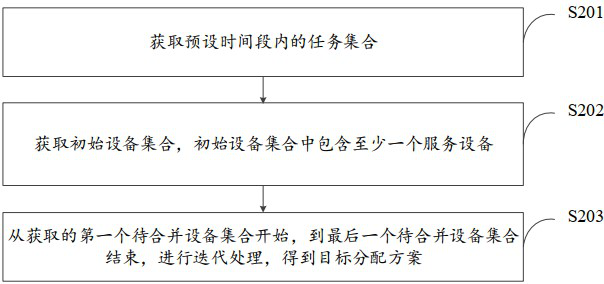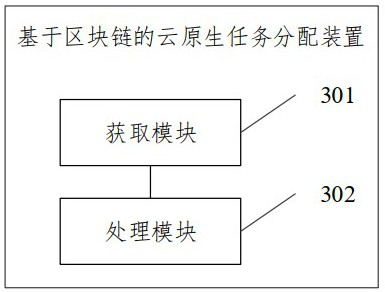Cloud native task allocation system, method and device based on block chain
A task allocation and blockchain technology, applied in the field of cloud computing, can solve the problem that task allocation cannot be carried out efficiently and reasonably in cloud computing scenarios.
- Summary
- Abstract
- Description
- Claims
- Application Information
AI Technical Summary
Problems solved by technology
Method used
Image
Examples
Embodiment 1
[0054] The method provided by this application is applied to the blockchain-based cloud-native task distribution system, as follows figure 1 The system shown is described in detail.
[0055] Please refer to figure 1 , figure 1 It is a schematic diagram of the architecture of a blockchain-based cloud-native task allocation system provided by the embodiment of this application. The blockchain-based cloud-native task distribution system can also be called a computing power service network transaction system, which includes: one or more user blockchain proxy nodes ( figure 1 exemplarily shows a user's blockchain proxy node 1), blockchain 2, multiple service facility nodes ( figure 1 exemplarily shows two service facility nodes (service facility node 3 and service facility node 4). Among them, one or more user blockchain proxy nodes and multiple service facility nodes form a blockchain. Blockchains contain smart contracts.
[0056] The user's blockchain proxy node 1 is u...
Embodiment 2
[0078] See figure 2 , figure 2 It is a schematic flowchart of a blockchain-based cloud-native task allocation method provided by the embodiment of this application. The method provided by this embodiment is executed by a service device, which may be the above-mentioned figure 1 The service facility node in the block chain in the shown system, the method comprises:
[0079] S201: Obtain a set of tasks within a preset time period.
[0080] Wherein, the task set contains at least one user task, and each user task includes the latest completion time, required resource requirements and budget value, and each user task is served by a container, and the container runs on the service device.
[0081] Wherein, the type of the container is not limited in this application, and the type of the container may include various types. Different types of containers can provide different storage, bandwidth, and computing power.
[0082] Wherein, the preset time period may be preset, and m...
Embodiment 3
[0149] For the above-mentioned blockchain-based cloud-native task allocation system, its goal is to reasonably allocate user tasks to each service device, so that the service quality (service level) of service users and the resource utilization rate of service devices are as high as possible , however, there is a competing contradiction between the service quality (service level) of the service user and the resource utilization of the service device. Therefore, the embodiment of the present application provides a formal way of expressing the optimization objective function, and the optimization objective function is as follows formula (4):
[0150]
[0151] Formula (4)
[0152] in, Re i is the first i resources consumed by a user task, n represents the number of user tasks, RT are available resources, t ( T i ) is the first i The latest completion time of a user task, C sj is the Sth service provider deploying the j the cost of the equipment, R SP is the rev...
PUM
 Login to View More
Login to View More Abstract
Description
Claims
Application Information
 Login to View More
Login to View More - R&D
- Intellectual Property
- Life Sciences
- Materials
- Tech Scout
- Unparalleled Data Quality
- Higher Quality Content
- 60% Fewer Hallucinations
Browse by: Latest US Patents, China's latest patents, Technical Efficacy Thesaurus, Application Domain, Technology Topic, Popular Technical Reports.
© 2025 PatSnap. All rights reserved.Legal|Privacy policy|Modern Slavery Act Transparency Statement|Sitemap|About US| Contact US: help@patsnap.com



